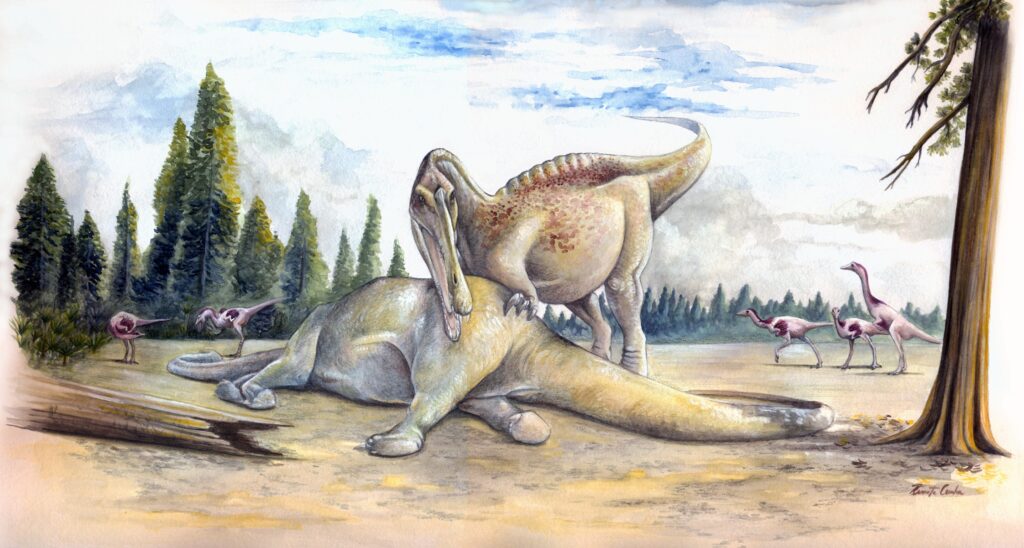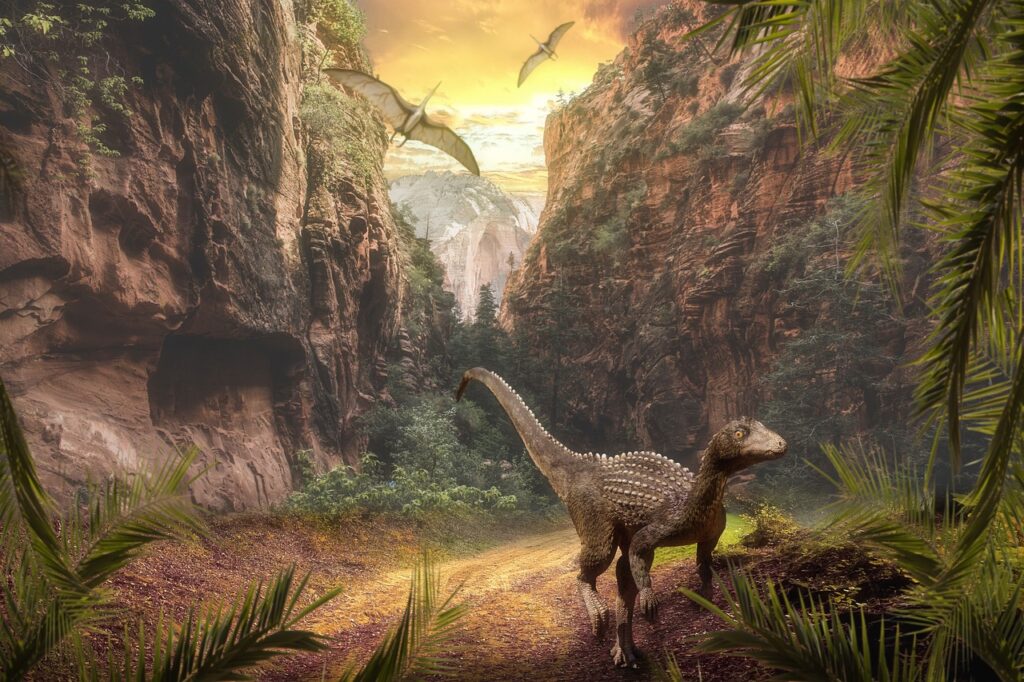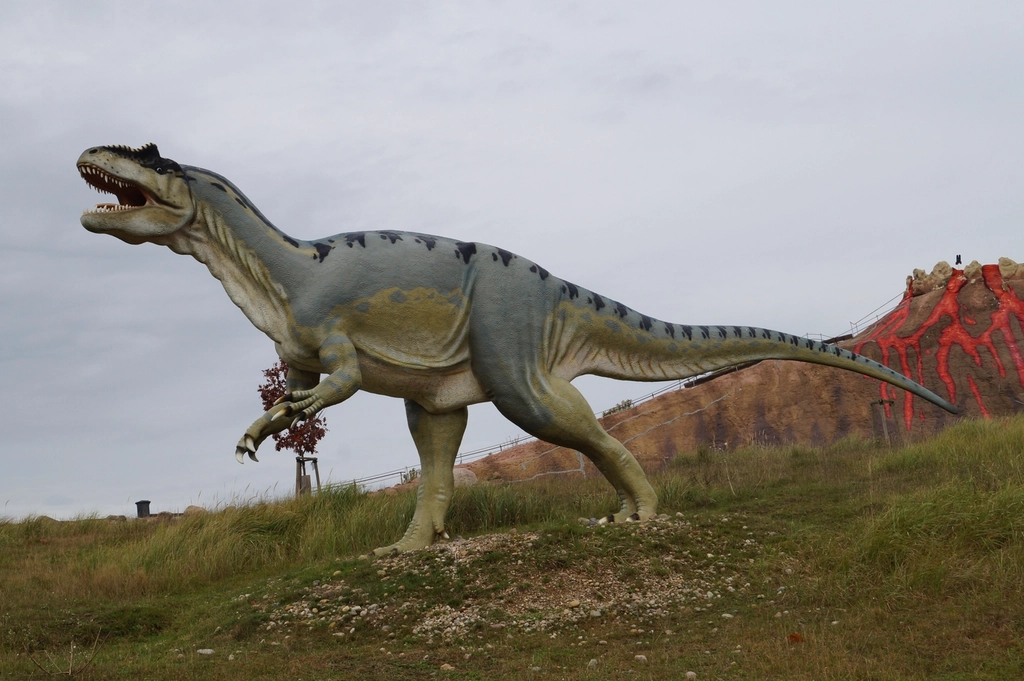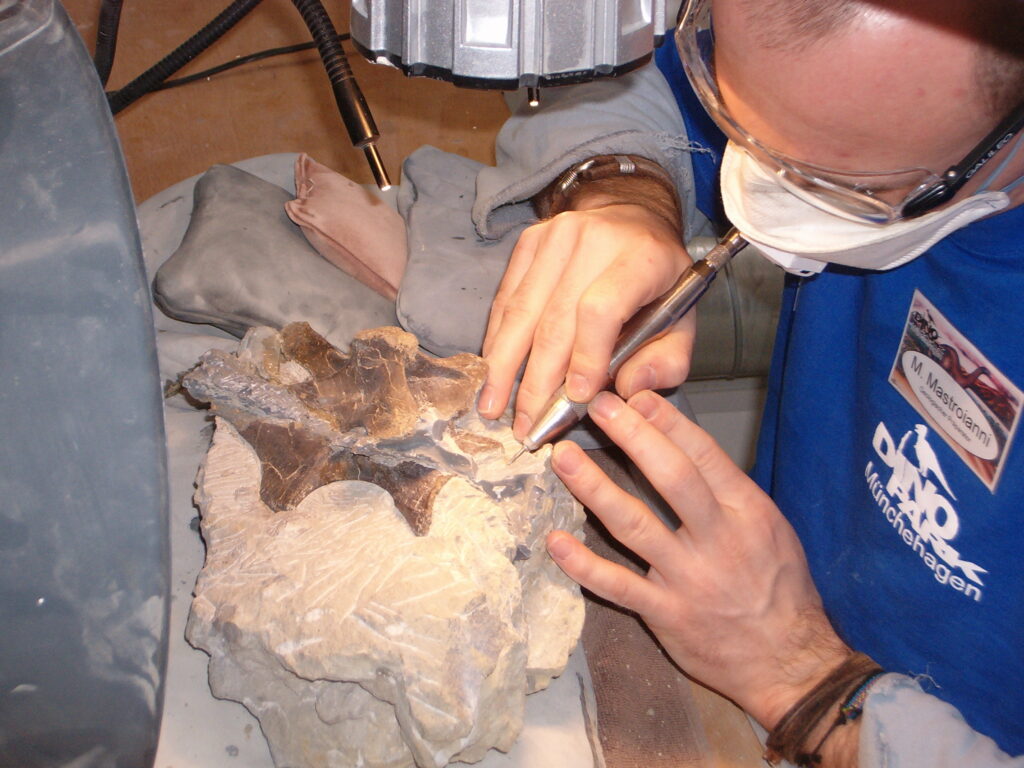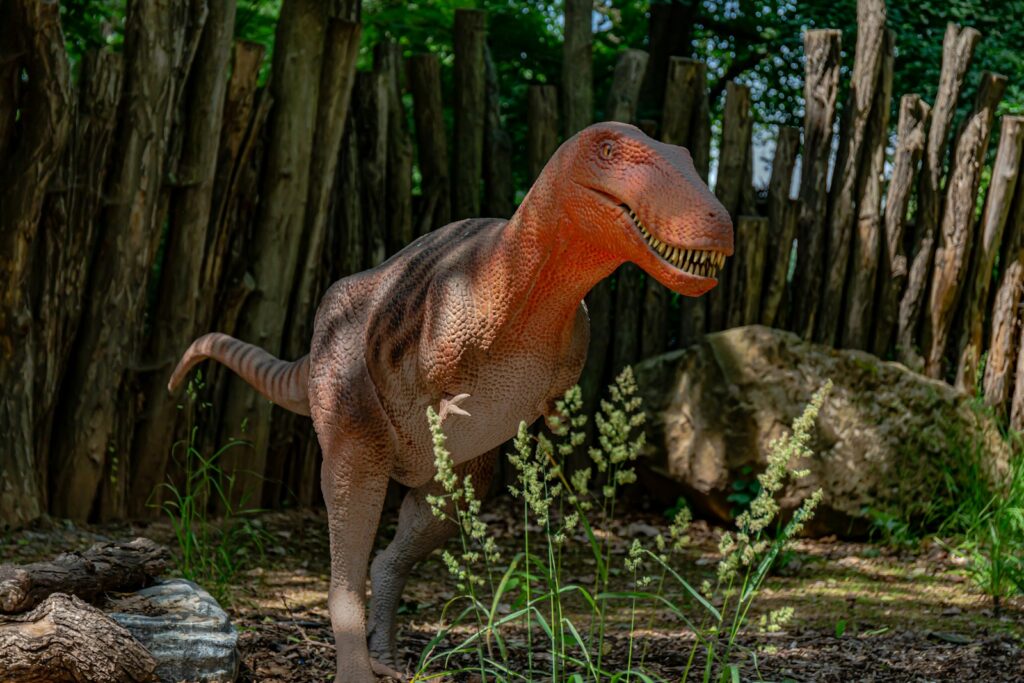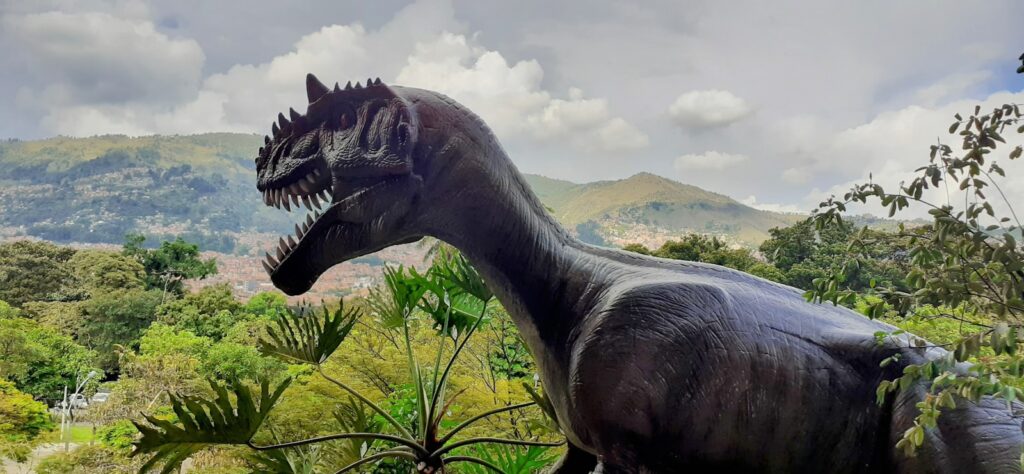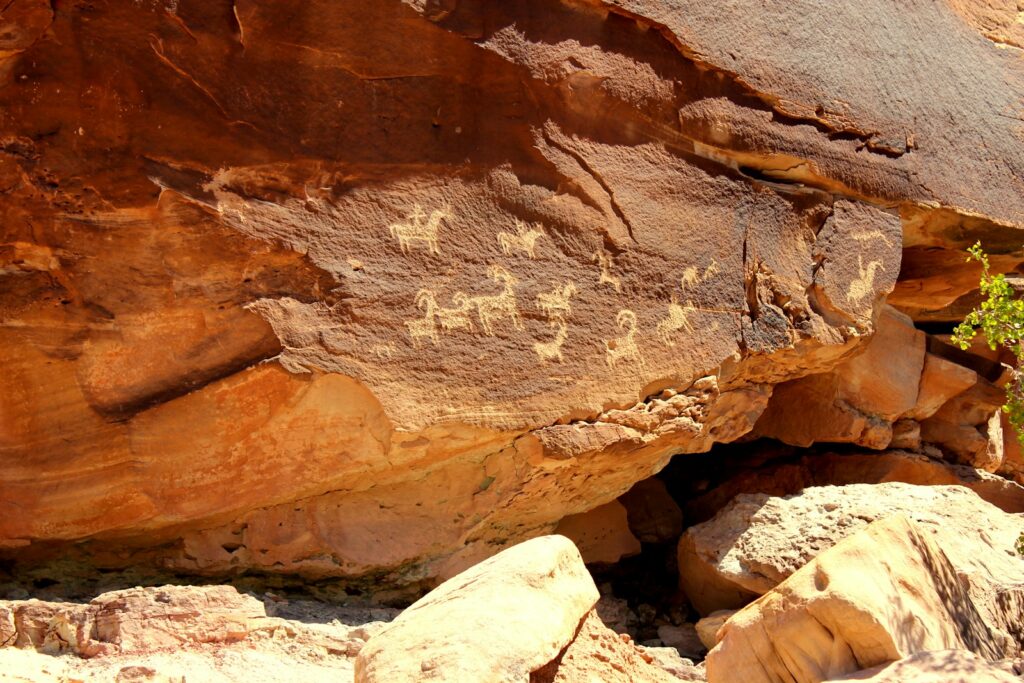How Extinction Set the Stage for Dinosaurs—and Ended It
Picture this: you’re standing on a timeline stretching back 550 million years, watching Earth’s greatest drama unfold. The planet breathes through cycles of death and rebirth, each extinction event clearing the stage for new stars to emerge. This isn’t just a story about dinosaurs—it’s the ultimate tale of how life finds a way, again and ...

